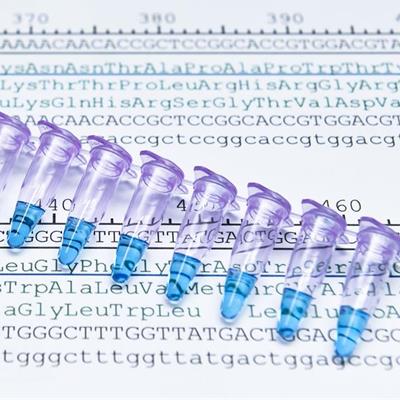 Agilent Technologies announces integrated on-deck thermal cycler for NGS platform
Agilent Technologies announces integrated on-deck thermal cycler for NGS platform
Agilent Technologies on Monday announced the release of an on-deck thermal cycler (ODTC) that integrates with its Bravo NGS automated liquid handling platform. Read More
Conferences
Science Briefs
Member Rewards
Earn points for contributing to market research. Redeem your points for merchandise, travel, or even to help your favorite charity.
Research Topics
Interact with an engaged, global community of your peers who come together to discuss their work and opportunities.
Connect
Tweets by @ScienceBoard






